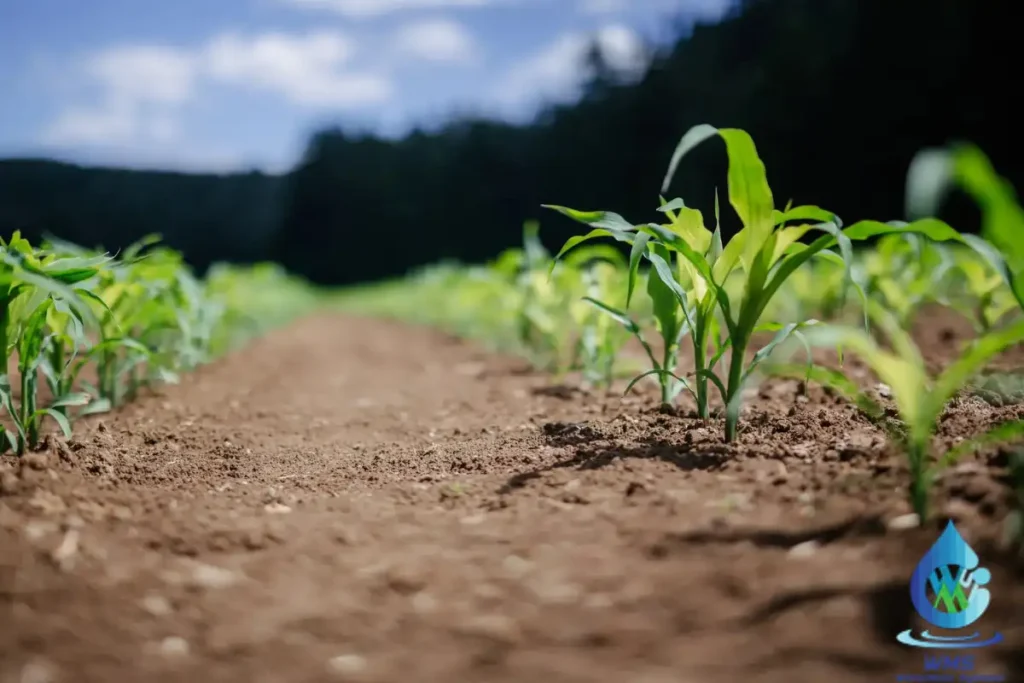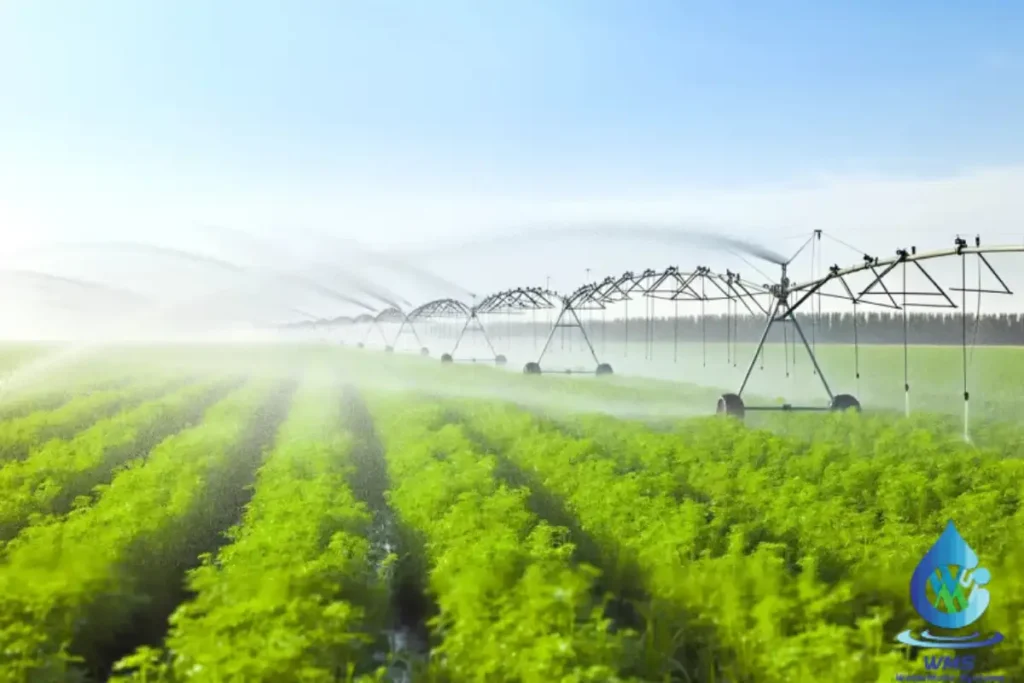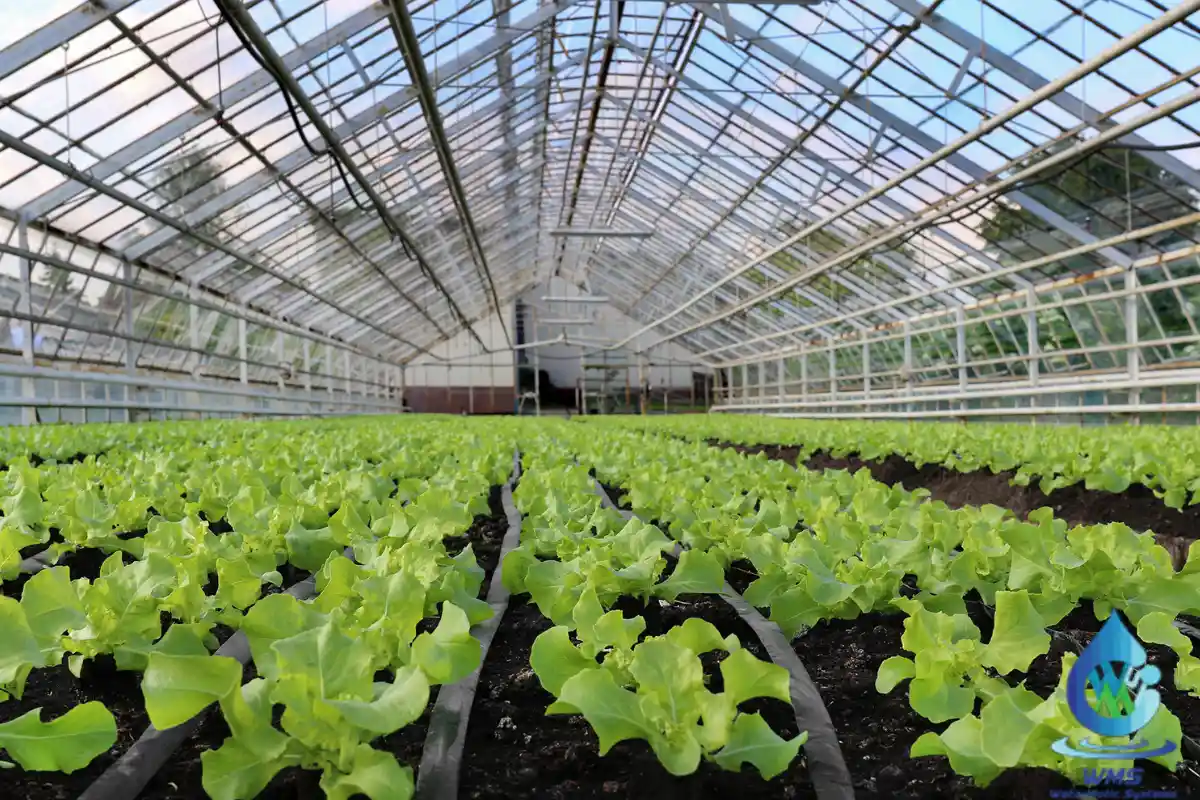Introduction: What is Fertigation and Why It Matters
Fertigation, the process of injecting
fertilizers into irrigation water, represents a cornerstone of modern precision
agriculture. This technique combines fertilization and irrigation into a
single, efficient operation, allowing nutrients to be delivered directly to
plant roots through systems like drip or sprinkler setups. Originating from the
need to optimize resource use in water-scarce regions, fertigation has evolved
with technological advancements, particularly through integration with smart
irrigation systems that use sensors and IoT for real-time adjustments.
Why does fertigation matter? In a world
facing escalating water scarcity and soil degradation, traditional broadcasting
of fertilizers often leads to inefficiencies, with up to 50% of nutrients lost
to runoff or leaching. Fertigation addresses this by enabling precise nutrient
delivery, reducing waste and enhancing crop uptake. According to agricultural
experts, fertigation can save up to 30-50% in water and fertilizer compared to
conventional methods, making it vital for food security amid climate change. Real-world
applications, such as in California’s vineyards and Ontario’s greenhouses,
demonstrate how this practice not only boosts productivity but also minimizes
environmental harm. As global agriculture strives for sustainability,
fertigation via smart irrigation emerges as a game-changer, blending science
and technology to nourish crops while preserving resources.
The Science Behind Fertigation
At its core, fertigation leverages
principles of soil science, plant physiology, and hydrology to deliver
nutrients efficiently. When fertilizers are dissolved in irrigation water, they
are transported directly to the root zone, where plants can absorb them via
osmosis and active transport mechanisms. This targeted approach exploits the
soil’s capillary action and diffusion processes, ensuring nutrients like
nitrogen, phosphorus, and potassium reach the rhizosphere—the active area
around roots—without excessive dilution or loss.
The science on understanding nutrient
solubility and pH dynamics. Water-soluble fertilizers, such as ammonium nitrate
or potassium sulfate, dissociate into ions that plants uptake through root
hairs. Research shows that fertigation enhances nutrient use efficiency (NUE)
by 20-40%, as it synchronizes delivery with plant demand, reducing
volatilization and fixation in soil. For instance, in alkaline soils common in
arid regions, fertigation allows acid injection to lower pH, improving
micronutrient availability like iron and zinc.
Plant response is governed by the crop’s
evapotranspiration rate (ET), which dictates water and nutrient needs. Studies
from institutions like the University of Florida explain how controlled stress
under fertigation can trigger hormonal responses, such as abscisic acid
production, promoting deeper root growth and resilience. However, imbalances
can lead to salinity buildup, highlighting the need for precise monitoring.
Integrating sensors in smart systems further refines this science, using data
on soil moisture and EC (electrical conductivity) to optimize applications,
ensuring scientific precision translates to practical gains.

YOU MIGHT BE INTERESTED IN
(Smart Irrigation)
Types of Fertigation Systems
Fertigation systems vary in design and
application, tailored to crop types, soil conditions, and irrigation methods.
The primary categories include continuous, proportional, quantitative, and
three-stage systems, each offering unique advantages.
Continuous fertigation involves a steady
nutrient infusion throughout irrigation, ideal for high-demand crops like
tomatoes in greenhouses. It ensures uniform distribution but risks
over-fertilization if not monitored. Proportional systems, common in drip
setups, maintain a fixed fertilizer-to-water ratio, using injectors like
Venturi or metering pumps for consistency across varying flow rates.
Quantitative fertigation applies a
predetermined nutrient amount per irrigation cycle, suitable for field crops
where precise dosing is critical, such as in pivot systems. The three-stage
method alternates plain water, nutrient solution, and flushing to prevent
clogging, often used in sandy soils prone to leaching.
Hardware-wise, systems integrate with drip
(subsurface or surface), sprinkler, or flood irrigation. Drip fertigation
excels in water efficiency, delivering nutrients directly to roots, while
sprinkler systems suit overhead applications for turf or orchards. Closed-loop
systems recirculate water in hydroponics, minimizing waste, whereas in-line
setups are simpler for open fields. Choosing the type depends on scale; small
landscapers might prefer manual Venturi injectors, while large farms opt for
automated EC-controlled units for precision.
Integrating Fertigation into Smart Irrigation
Integrating fertigation into smart
irrigation transforms traditional systems into intelligent networks, using IoT,
AI, and sensors for optimized nutrient delivery. Smart irrigation employs soil
moisture probes, weather stations, and pH/EC sensors to automate water and
fertilizer application, ensuring real-time adjustments based on crop needs.
The process begins with data collection:
sensors monitor variables like soil salinity and nutrient levels, feeding data
to cloud-based platforms for analysis. AI algorithms then predict requirements,
activating injectors to dose fertilizers precisely. For example, systems like
those from WiseConn use mobile apps for remote control, blending fertigation
with variable rate irrigation (VRI).
In hydroponics, BIO520 integrates IoT for
smart fertigation, regulating EC and pH automatically. Challenges include
initial setup costs, but blueprints like Meegle’s guide uniform delivery via
automation. Case studies, such as cucumber trials, show 34.9% yield increases
when fertigation is smart-integrated. This synergy not only conserves resources
but also enhances sustainability, making fertigation a pillar of precision
agriculture.
Benefits of Fertigation for Farmers and Landscapers
Fertigation offers multifaceted benefits,
empowering farmers and landscapers with efficiency and productivity gains. For
farmers, it boosts nutrient absorption by 20-40%, leading to higher yields—up
to 34.9% in smart systems—while reducing fertilizer use by 30%. This precision
minimizes waste, cutting costs and labor, as nutrients are delivered uniformly
without manual spreading.
Landscapers benefit from healthier turf and
ornamentals, with fertigation promoting even growth and vibrancy. In commercial
settings, systems like those from McLeod Landscaping enhance resource
efficiency, saving water by 50% and improving aesthetic appeal. It also
prevents over-fertilization, reducing burn risks and supporting sustainable
practices.
Overall, fertigation increases NUE, fosters
resilient plants, and supports environmental compliance by curbing runoff. Real
cases, like in horticulture, show balanced nutrition without soil testing
errors, making it indispensable for modern operations.

YOU MIGHT BE INTERESTED IN
(Smart Irrigation with IoT)
Challenges and Common Mistakes
Despite its advantages, fertigation poses
challenges and pitfalls. High initial costs for equipment and sensors deter
small-scale adopters, while maintenance demands—clogged emitters or injector
failures—can disrupt operations.
Common mistakes include over-fertilization,
causing root burn or nutrient imbalances, often from ignoring soil tests. Wrong
timing, like applying during dry spells, leads to inefficiency, and incorrect
placement exacerbates leaching. Inadequate backflow prevention risks
contamination, violating regulations.
Environmental risks arise from runoff if
systems are poorly calibrated, emphasizing the need for best practices to
mitigate these issues.
Environmental Impact: A Sustainable Approach
Fertigation promotes sustainability by
reducing fertilizer runoff and leaching, which contaminate waterways. When
managed well, it cuts chemical inputs by 25-50%, lowering eutrophication risks.
Organic variants further minimize synthetic impacts, enhancing soil health.
However, mismanagement can increase
salinity or emissions, but smart integration mitigates this through precision.
Studies show balanced fertigation improves biodiversity and carbon
sequestration, aligning with circular economy principles. In China, policies
boost fertilizer efficiency, reducing environmental footprints. Overall, it’s a
sustainable tool when paired with monitoring.
Real-World Case Studies
Real-world case studies illustrate
fertigation’s efficacy. In a two-year Italian tomato study using treated
wastewater and smart fertigation, yields increased 15% with 20% water savings,
reducing contaminants.
A cucumber trial integrated smart
irrigation with fertigation, yielding 34.9% higher productivity and better
quality. In India, IoT-fertigation for drip systems optimized NPK, cutting
labor by 30% and boosting rice yields.
Florida’s vegetable farms using
VRI-fertigation achieved 50% water savings without yield loss. These examples
highlight practical success across contexts.
YOU MIGHT BE INTERESTED IN
(Smart Irrigation & Water Management by WaterMatic)
Choosing the Right Fertigation Equipment
Selecting equipment involves assessing crop
needs, scale, and budget. Start with injectors: Venturi for small setups,
positive displacement for precision. For smart integration, choose
sensor-equipped systems like those with EC monitors.
Consider compatibility with irrigation
types—drip requires fine filters to prevent clogs. Factors include flow rate,
chemical resistance, and automation features. Consult guides for tailored
choices.
Maintenance and Best Practices
Maintenance ensures longevity: regularly
clean filters, calibrate injectors, and monitor pH/EC. Best practices include
soil testing, timed applications, and sterilization between cycles. Use
water-soluble fertilizers and automate for precision.
Conclusion
Fertigation via smart irrigation
revolutionizes agriculture, delivering nutrients precisely while fostering
sustainability. From science to case studies, its benefits outweigh challenges
when implemented thoughtfully, promising a greener future for farming.
Resources
Books and
Journals:
“Irrigation
and Drainage Engineering” by Peter Waller and Muluneh Yitayew, Springer,
2016. Provides foundational knowledge on irrigation techniques, including
fertigation systems.
“Precision
Agriculture: Technology and Economic Perspectives” by John V. Stafford,
Springer, 2019. Offers insights into smart irrigation integration with
fertigation.
Journal of
Irrigation and Drainage Engineering, ASCE. Features peer-reviewed articles on
fertigation efficiency and environmental impacts, accessible via ASCE Library.
Websites and
Online Resources:
University of
Florida IFAS Extension. Offers detailed guides on fertigation science and
equipment selection, including case studies from Florida farms.
FAO Irrigation
and Drainage Paper 56. A comprehensive resource on fertigation practices and
sustainability, published by the Food and Agriculture Organization.
WiseConn.
Provides technical blueprints and case studies on smart fertigation systems,
including IoT integration.
Research
Institutions and Reports:
University of
California, Davis, Department of Land, Air, and Water Resources. Conducts
research on fertigation for vineyards, with downloadable reports on yield
improvements.
McGill
University, Department of Bioresource Engineering. Publishes studies on smart
irrigation and fertigation in Canadian contexts.
USDA
Agricultural Research Service. Offers data on environmental impacts and case
studies, such as vegetable trials in Florida.
Industry
Reports and Manuals:
Netafim
Fertigation Manual. A practical guide on equipment selection and maintenance
from a leading irrigation company.
McLeod
Landscaping Blog. Features real-world applications of fertigation in
landscaping, with tips on best practices.
Additional
References:
FAO AQUASTAT.
Provides global data on water use in agriculture, supporting the environmental
impact section.
OUR SERVICES: Automation Irrigation | Drip & Sprinkler Irrigation | Repairs | Winterize | Xeriscape | Fountain and Pond | Assessments & Checkups | Spring Start Up

